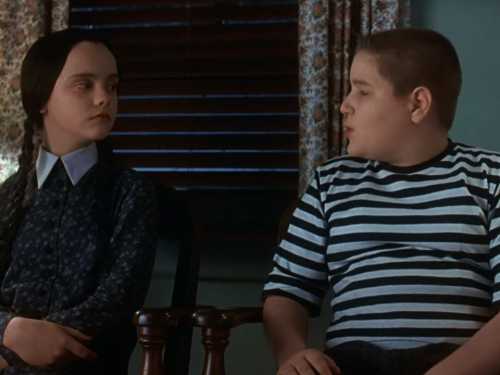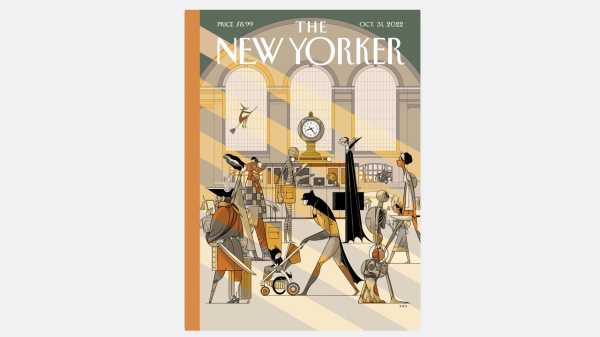
The quarantines and restrictions of the past few years have disrupted much of the fabric of the familiar. Halloween was no exception. For many young children, this October 31st will be their first experience trick-or-treating: dressing up, walking from door to door, and sorting through the night’s loot, separating the jumbo-sized chocolate bars from the candy corn. In his cover for the October 31, 2022, issue, the artist Sergio García Sánchez brings fresh eyes to a familiar scene; his Grand Central Terminal is playfully haunted by an unusual cast of commuters. I recently spoke to the artist about how the holiday has gone global.
Did you grow up with Halloween?
I did not celebrate Halloween when I was growing up in Gorafe, in Granada province, Spain, but we did, and do, have a holiday honoring the dead, which also takes place around the beginning of November. People go to the cemetery to paint the tombs of their relatives with whitewash (encalado) and decorate them with flowers. On November 1st, Día de todos los santos, we remember the dead by attending Mass and visiting the cemetery. Afterward, we eat together with the extended family. Nowadays, culture is more global and young people in Spain also dress up for Halloween.
Are there differences between the kinds of costumes that are popular in Spain and in the U.S.?
When Halloween started to become popular in Spain, everyone wanted to imitate Americans and would dress up as monsters and zombies—Spaniards love zombies. Now there is more variation, and we see pirates, nurses, clowns, superheroes, and a lot of supervillains. It’s not so different from what you’d see in New York, though maybe there are more frightening outfits.
Your cover shows a Grand Central Terminal that’s bustling once again. In Europe, are people still avoiding crowds, or has quarantine faded into memory?
In Spain, there aren’t many COVID-related restrictions left. There are crowded bars and other public places. I’m in Paris this week, where there are no precautions. Even in a crowded subway, it’s rare to see someone with a mask.
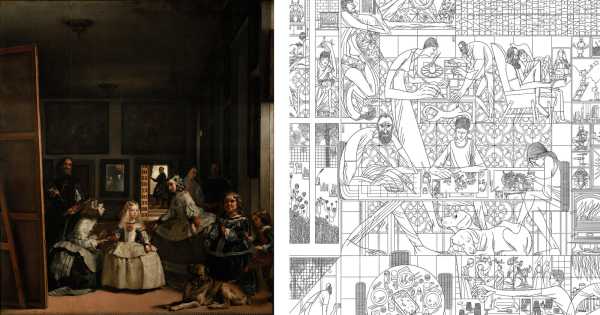
Velásquez’s iconic “Las Meninas” (left) inspired Sánchez to make a drawing of the same scale of himself and his family (detail shown at right).
You recently completed a drawing for an exhibition of your work at Granada’s Royal Hospital. How did a painting of a court scene from more than three centuries ago influence you?
The original title for “Las Meninas” is “La familia de Felipe IV.” I decided to do an adaptation featuring my family. The setting became my house in Cumbres Verde, outside of Granada. Velásquez tells many different stories in one space and I wanted to do something similar, so I drew my wife, Lola, and my children, Pablo and Alicia, and myself over the course of many years. I referenced other Velásquez works like “Las hilanderas” and “La venus del espejo,” and was also inspired by Richard McGuire.
See below for more Halloween covers:

“November 4, 1974,” by James Stevenson
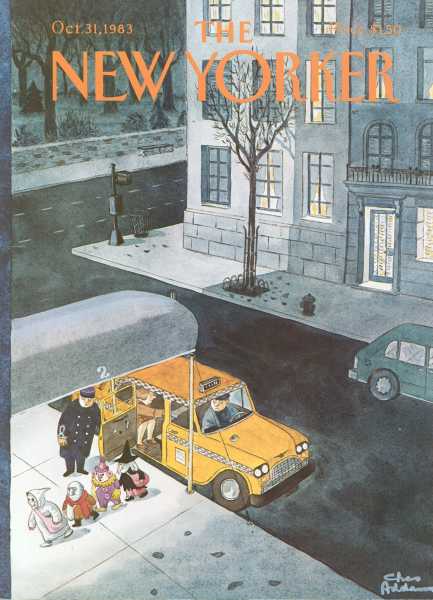
“October 31, 1983,” by Charles Addams n
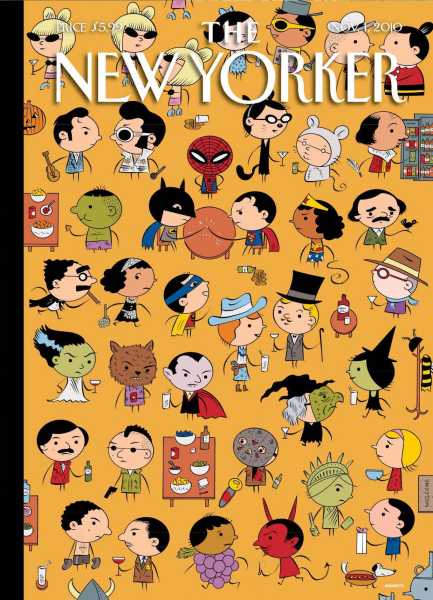
“Dressed Down,” by Ivan Brunetti
Find Sergio García Sánchez’s covers, cartoons, and more at the Condé Nast Store.
Sourse: newyorker.com

